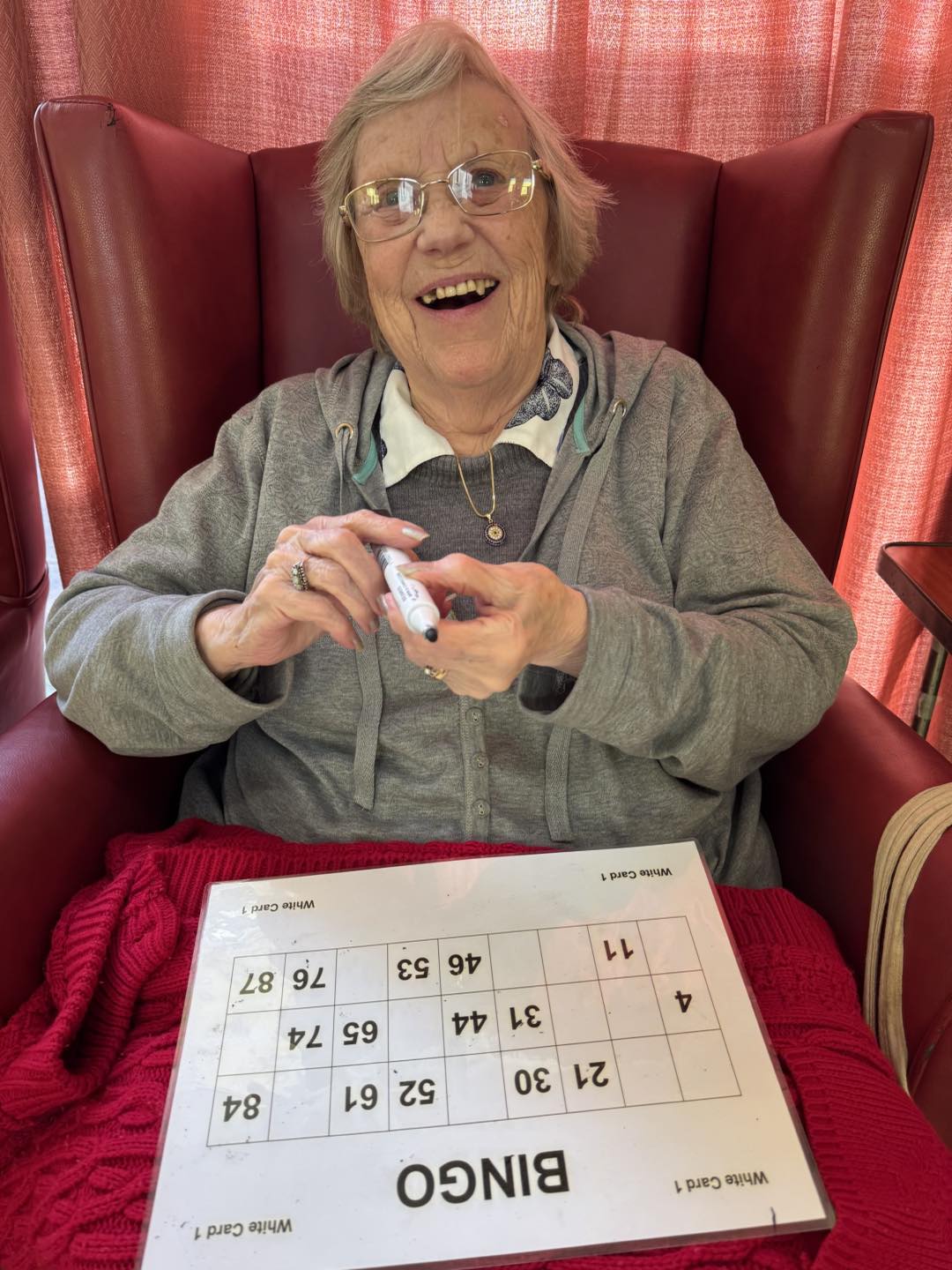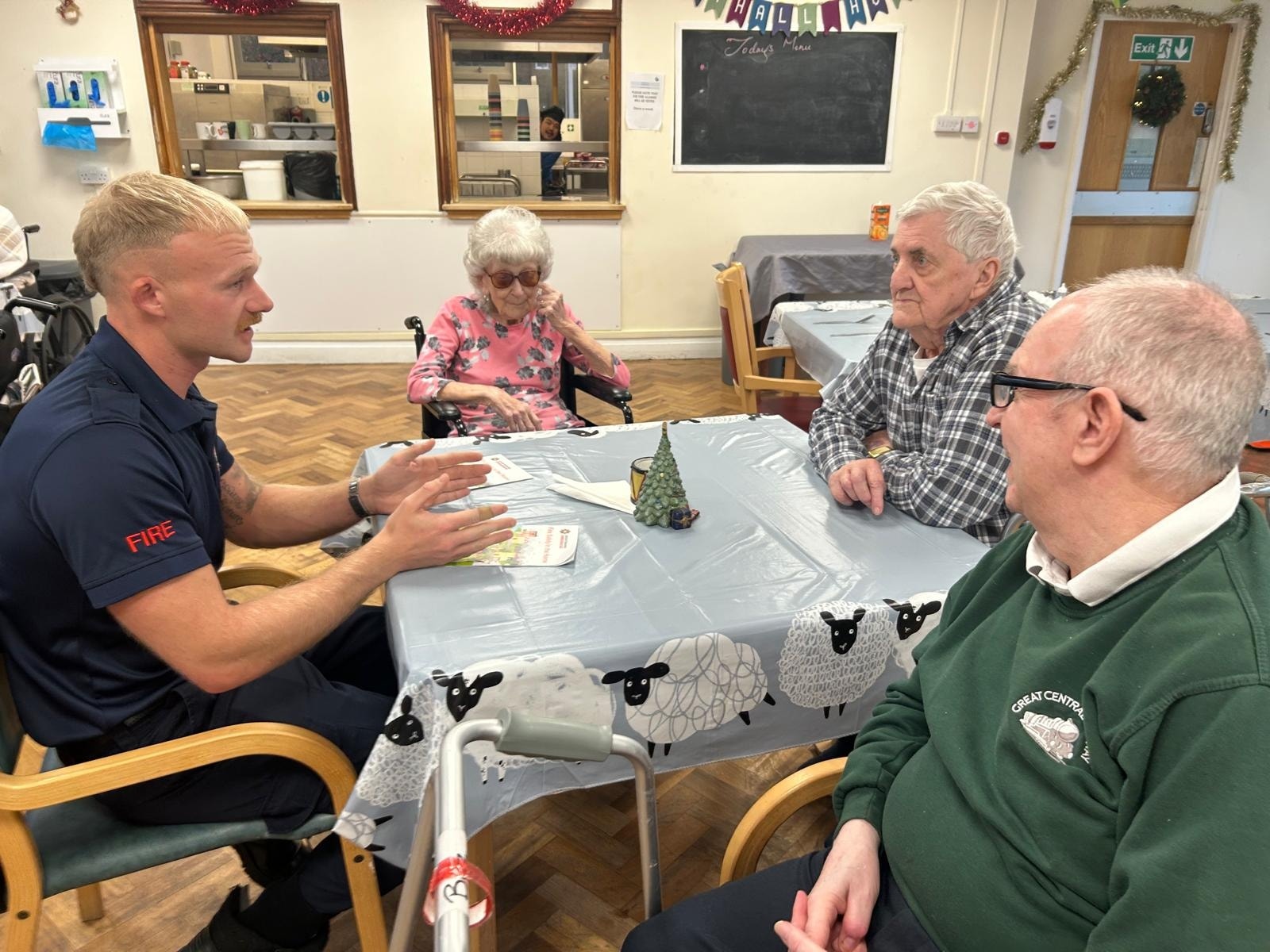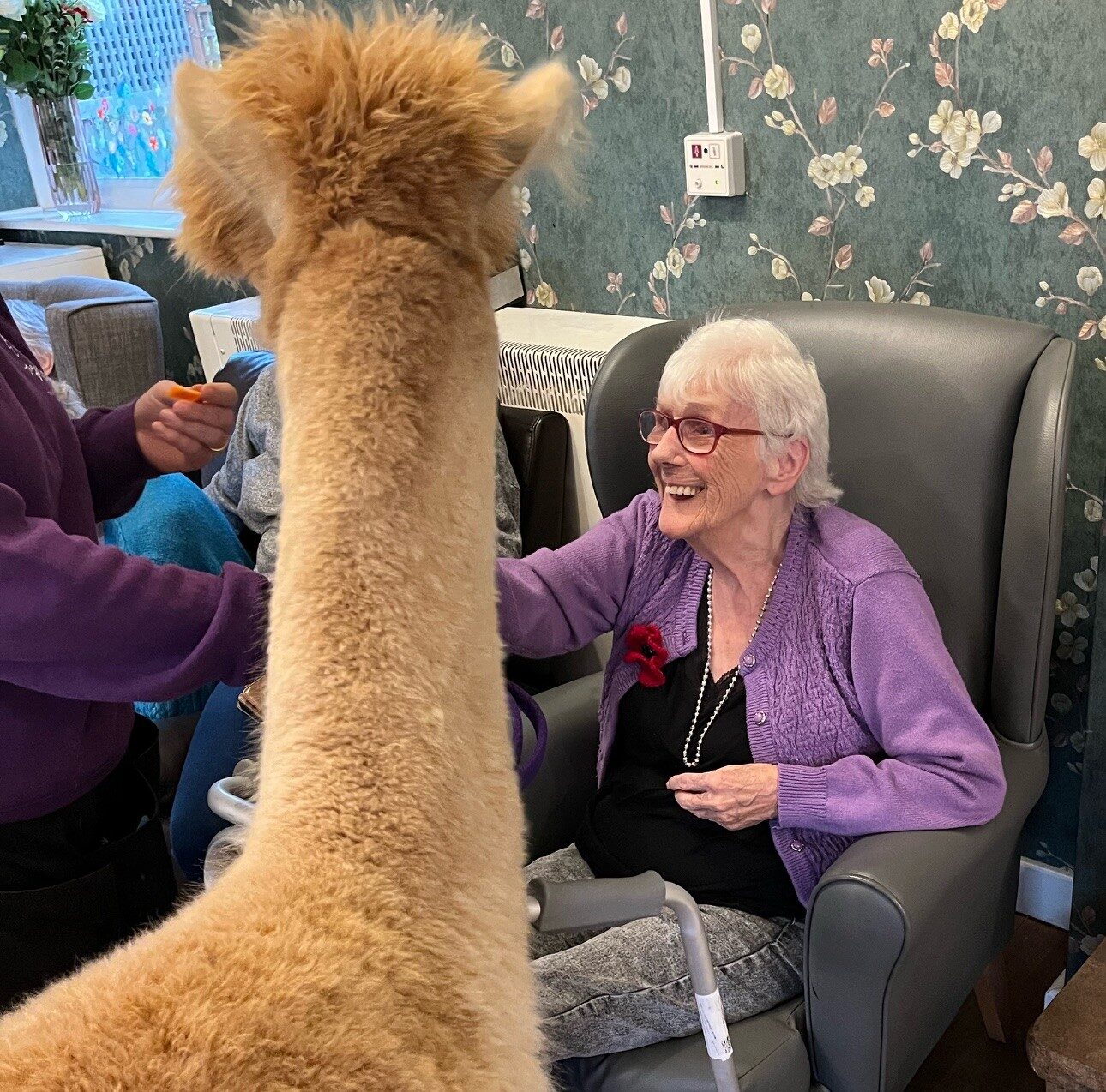Interestingly, you might have stumbled upon the term ‘respite care services’ just as you’re starting to feel the weight of caregiving on your shoulders. It’s a concept designed to offer you, the caregiver, a temporary relief, ensuring that your loved one continues to receive professional care in your absence.
Whether it’s for a few hours or several days, understanding the types of respite services available and their benefits could significantly improve both your well-being and that of the person you’re caring for. But how do you choose the right service, and what should you consider before making this decision?
Let’s explore further.
Key Takeaways
– Respite care offers temporary relief for caregivers, allowing them to manage stress and personal tasks.
– It includes various services like in-home care, adult day centres, and residential facilities to meet different needs.
– Accessing respite care involves identifying specific needs, researching providers, and understanding potential costs and coverage options.
– Benefits for caregivers include reduced stress and burnout, emotional relief, and improved overall well-being.
Understanding Respite Care
Respite care offers a much-needed break to caregivers, providing temporary relief that supports both your well-being and that of the person you’re caring for. It’s a crucial service that recognizes the immense dedication you put into caregiving, acknowledging that caregiver stress is real and impactful. Managing the health and needs of someone else, often around the clock, can take a significant toll on your physical and emotional health. That’s where respite care steps in, offering you a chance to recharge, handle personal tasks, or simply rest, knowing the person you care for is in good hands.
Understanding the eligibility criteria for respite care is essential. These criteria can vary depending on the service provider and your location. Generally, they take into account the care recipient’s medical condition, the caregiver’s needs, and sometimes financial considerations. It’s important to research and reach out to local respite care providers or social services to get detailed information relevant to your situation. Being informed helps you make the best choices for yourself and the person you care for, ensuring that you both receive the support you need.
Types of Respite Services
To best support you and your loved one, a variety of respite services are available, each designed to meet different needs and circumstances. Understanding what’s out there’s the first step to finding the right fit for your situation.
In-home respite care is a popular option, allowing your loved one to stay in the comfort of their own home while you take a break. Whether it’s for a few hours or a whole day, professionals or trained volunteers come to your home, ensuring your loved one’s needs are met.
Adult day centres offer another layer of flexibility. They provide care and companionship during daytime hours, often including social activities, meals, and health services. This setup not only enriches your loved one’s day but also gives you a reliable block of time for yourself.
For situations that require you to be away for longer periods, whether planned or unexpected, residential respite care facilities offer overnight stays. These facilities are equipped to handle various levels of care needs, providing peace of mind during trips or emergencies.
Speaking of emergencies, emergency relief services are critical. They step in during unforeseen circumstances, ensuring continuous care for your loved one when you can’t be there. These services are a safety net, offering immediate, short-term care solutions during crisis situations.
Benefits for Caregivers
Exploring the various respite services available, it’s crucial to understand how these options not only support your loved one but also bring significant benefits to you as a caregiver. The emotional and physical demands of caregiving can often lead to caregiver stress, making it essential to find ways to alleviate this burden. Respite care services offer you a much-needed break, ensuring that both you and your loved one continue to thrive.
Here are three key benefits:
- Reduction of Caregiver Stress: Regular breaks can significantly reduce the stress and burnout that come with continuous caregiving. It’s vital to remember that taking time for yourself isn’t a luxury; it’s a necessity for maintaining your health and well-being.
- Opportunity for Personal Time: Respite care provides you with the opportunity to attend to personal needs, whether it’s running errands, catching up with friends, or simply resting. This personal time is crucial for replenishing your energy and maintaining your own life balance.
- Emotional Relief: Knowing that your loved one is in safe, professional hands provides emotional relief and peace of mind. This emotional support is invaluable, as it allows you to recharge and return to caregiving with renewed strength and perspective.
Choosing the Right Service
Selecting the right respite care service can feel overwhelming, but it’s a crucial step in ensuring both you and your loved one receive the support you deserve. It’s essential to balance service affordability with the qualifications of the provider to find the best fit for your family’s needs.
When considering affordability, don’t just look at the price; examine what’s included. A seemingly expensive service might offer comprehensive care that’s more cost-effective in the long run. Conversely, an affordable option may not meet all your requirements, leading to additional stress and costs.
Provider qualifications are equally vital. A highly qualified caregiver can offer peace of mind, knowing your loved one is in capable hands. Research the provider’s credentials, experience, and training. Don’t hesitate to ask for references or to conduct an interview. Remember, you’re entrusting them with a precious responsibility.
Ultimately, the right service balances cost with the caregiver’s expertise, ensuring your loved one receives high-quality care without breaking the bank. Take your time, do your homework, and you’ll find a respite care solution that aligns with your needs and budget.
Accessing Respite Care
Understanding how to access respite care services is often the first step in providing yourself and your loved one with the necessary break and support. Navigating the process can feel overwhelming, but it’s crucial to know you’re not alone. There are structured pathways to help you find the right support, taking into account both cost considerations and eligibility criteria.
Here’s how to start:
- Identify Your Needs: Be clear about the kind of support you and your loved one require. This will guide you in finding the most suitable respite care service.
- Research Providers: Look into various respite care services in your area. Focus on those that meet your specific needs and check their eligibility criteria.
- Understand the Costs: Respite care services vary in cost. Some may be covered by insurance or government programs, depending on your situation.
Frequently Asked Questions
How Do I Communicate My Loved One’s Needs Effectively to a New Respite Care Provider to Ensure Continuity of Care?
To ensure continuity of care during caregiver transition, communicate your loved one’s needs clearly. Use detailed notes, care plans, and regular updates. Open, honest communication strategies are key to a smooth and effective transition.
Are There Any Specific Training or Qualifications That Respite Care Providers Should Have to Cater to Specialized Conditions Like Dementia or Physical Disabilities?
Absolutely, providers should have specific training or qualifications, especially for conditions like dementia. Provider certification and training methodologies are crucial. Surprisingly, only 20% receive specialised training, underscoring the importance of verifying a caregiver’s credentials and experience.
What Are the Tax Implications or Financial Benefits for Families Utilising Respite Care Services?
When incorporating respite care services into your financial planning, you’ll find tax deductions can significantly benefit your family. It’s essential to navigate these benefits wisely to maximise your financial relief and support.
How Do Families Handle the Emotional Aspects and Potential Guilt of Seeking Respite Care for a Loved One?
You’ll find that seeking emotional support and practising guilt management are key. It’s normal to feel conflicted, but connecting with others in similar situations can help you see the value in caring for yourself too.
Can Respite Care Be Integrated With Other Forms of Therapy or Rehabilitation Programs to Enhance the Well-Being of the Care Recipient?
Yes, you can integrate respite care with other therapy or rehabilitation programs. This therapeutic integration and rehabilitation coordination can significantly boost the well-being of the care recipient, offering a holistic approach to their recovery and support.
Conclusion
In conclusion, embracing respite care services isn’t just an act of self-care; it’s a necessity. With over 65 million Americans serving as unpaid caregivers for elderly or disabled relatives, the need for quality respite care can’t be overstated.
By carefully selecting the right service, you’ll ensure both you and your loved one benefit from this essential support. Remember, taking the time to access and utilise respite care is a testament to your strength and commitment as a caregiver.




